Anxiety is a mental health disorder that causes feelings of excessive worry or unease. According to the National Institute of Mental Health, over 19% of US adults have some form of anxiety disorder.
Treatment options for anxiety may include medication. However, there are also non-pharmacological treatments, such as light therapy.
Exposure to light therapy helps increase serotonin and regulate the body's circadian rhythms, which can potentially help with anxiety.
If you're considering light therapy for anxiety, it's vital to select a high-quality device from a reputable company. Day-lights.com offers a variety of high-quality light therapy solutions and educational materials to help you choose.
Understanding Light Therapy and Its Mechanisms
Learning more about light therapy and how it works can help you understand whether it's suitable for your needs.
What is Light Therapy?
Light therapy involves exposure to an artificial light source with a specific brightness that helps mimic natural sunlight. Light therapy devices include lamps, light boxes, and portable devices.
- Light therapy lamps: Light therapy lamps look similar to regular lamps. The key difference is that their brightness and light intensity differ from those of a standard lamp.
- Portable devices: Portable light therapy devices are small and easy to move from room to room or to travel with.
- Light boxes: Light therapy boxes function similarly to light therapy lamps. However, they tend to be square or rectangular and may be larger than a lamp.
How Does Light Therapy Work?
Your body is meant to have sunlight exposure. Light exposure signals the body and impacts the neurotransmitters serotonin and melatonin. Serotonin affects mood, and melatonin affects the circadian rhythm.
When light enters your eye, the cells in the retina send a signal to the brain to increase the production of serotonin. Similarly, light affects the area of the brain in the hypothalamus known as the suprachiasmatic nucleus, which plays a crucial role in regulating sleep. Exposure to sunlight stimulates this area of the brain. This can help suppress melatonin production, which helps set your sleep-wake cycle, known as the circadian rhythm.
The Connection Between Circadian Rhythms and Anxiety
Your body's circadian rhythm or sleep-wake cycle is directly connected to your mental health, including anxiety. According to the Sleep Foundation, research suggests sleep deprivation and circadian rhythm disorders can worsen anxiety symptoms.
For instance, a 2021 research article in the Clinical Journal of Neurology found that night shift and rotating shift work are associated with developing or worsening symptoms of anxiety when compared to day shift workers.
Anxiety may make it harder to stay asleep, and circadian rhythm problems may also worsen anxiety symptoms. This can become a vicious cycle of sleep issues and anxiety.
Light Therapy for Anxiety Benefits: A Brighter Outlook
Light therapy for anxiety has several benefits, such as a reduction in the severity of symptoms. Several factors can play a role in the development of anxiety, including genetics, life circumstances, and brain chemistry. Light therapy can help regulate hormone levels and promote the production of neurotransmitters such as serotonin and melatonin. The increase in serotonin levels may help combat symptoms of anxiety.
Reduction in Anxiety Severity
Exposure to bright light therapy may not always cure anxiety. However, it can reduce the severity of anxiety symptoms in some individuals.
A study published in the British Journal of Psychiatry examined the effects of low-intensity and high-intensity light therapy. It focused on how these therapies affect anxiety symptoms.
The study involved 56 adults, who were randomly divided into two groups. One group received high-intensity light therapy with lamps emitting 10,000 Lux for 20 minutes. The other group received low-intensity light therapy with lamps emitting 2,000 Lux.
After 12 weeks of treatment, 56% of participants who got high-intensity light therapy reported fewer anxiety symptoms.
Improved Mood and Sleep Quality
Light treatment for anxiety can not only decrease symptoms of anxiety but also improve mood and sleep quality. Exposure to light is one of the driving factors in maintaining your circadian rhythm. For instance, exposure to light during the day helps produce serotonin. This increases our energy and decreases the production of melatonin, which helps trigger sleep in the evening.
If you have a circadian rhythm disorder, it can lead to sleep disturbances. This can lead to more anxiety.
A study published in the Psychological Bulletin analyzed over 50 years of research on sleep deprivation and mood. The research involved synthesizing 154 studies spanning five decades, which collectively involved over 5,700 participants.
Experiments involved keeping participants awake for an extended period of time to induce sleep deprivation. Participants self-reported their moods before the study and after experiencing sleep deprivation. The research showed that not getting enough sleep led to fewer positive feelings. It also caused more anxiety symptoms, like increased worrying.
Light therapy exposure can promote better sleep, which in turn may help stabilize mood by increasing serotonin production.
Minimal Side Effects and Non-Invasive Nature
Pharmaceutical treatment for anxiety can include various types of medications. As with all medicines, side effects can occur. Side effects from anti-anxiety medication can consist of nausea, dizziness, and sleep disturbances. Since sleep problems may worsen anxiety symptoms, avoiding this side effect is vital.
Bright light therapy is an excellent non-pharmaceutical option that does not have the same side effects as medications. Most people tolerate bright light therapy well. Minor side effects, such as eye strain and headaches, are possible. However, following the manufacturer's recommendation for exposure time and distance from the light can help mitigate these side effects.
Increased Energy and Focus
If you have anxiety, you know how draining it can become. Anxiety-related fatigue can zap your energy and motivation. Light therapy treatment for anxiety helps increase energy levels by regulating sleep and increasing serotonin production.
Having more energy and combating fatigue can increase your ability to do things you enjoy and subsequently decrease anxiety.
What Kind of Light Therapy for Anxiety? Choosing the Right Device
If you're wondering what type of light therapy for anxiety is best for you, consider the options below.
Light Boxes: Specifications and Usage
Light boxes and light therapy lamps are similar devices that can be used to treat anxiety. Light boxes may be larger than light therapy lamps. Regardless of the device, it's essential to get one that emits 10,000 Lux (the therapeutic dose for anxiety).
Ensuring your light therapy device has UV-filtered light is vital for safety. UV light can potentially damage the skin and the eyes.
When selecting the ideal light box or lamp for your needs, consider the size of your space and whether you require portability.
Shop Day-lights.com for a wide variety of bright light devices.
Dawn Simulators: A Gentle Wake-Up
A dawn simulator is a light that gradually increases in brightness over time to help you wake up. Usually, brightness increases 30 minutes to an hour before your set wake-up time.
A dawn stimulator mimics the natural sunrise, offering a gentle way to wake up. It may help someone ease into their morning without the sudden loud jarring of an alarm clock. Easing into your day gently can be especially helpful for someone with anxiety.
Other Light Therapy Devices
Light therapy devices may include lamps of various sizes and small, portable devices. These may be especially helpful for individuals who travel or need the flexibility to move their devices.
Scientific Evidence and Expert Insights
Bright light therapy has been studied for decades for the treatment of mood disorders. Understanding the scientific evidence can help you determine if it is right for you.
Review of Clinical Studies and Research
Studies indicate bright light therapy as an effective treatment for various forms of depression, including seasonal affective disorder (SAD). However, treatment using bright light goes beyond SAD.
A 2017 article in Einstein J Biol Med summarized ongoing research for the treatment of eating disorders, anxiety, and bipolar disorder using bright light and found it promising.
Bright light therapy also shows promising results for anxiety related to post-traumatic stress disorder (PTSD). A small study in the journal Depression and Anxiety involved 15 individuals with self-reported PTSD symptoms. Nine participants received therapy from a bright light device for 35 minutes daily, and six received a placebo.
After four weeks of treatment, the participants who received bright light therapy reported a reduction in their PTSD symptoms.
Expert Opinions and Recommendations
The University of Michigan Medicine Department of Psychiatry's interview with Associate Professor of Psychiatry at Michigan Medicine, Leslie Swanson, PhD, noted that light exposure can help regulate mood. "Light therapy increases mood-positive neurotransmitters such as serotonin that help regulate mood. Individuals can reap those benefits using a light therapy device in their own home," said Swanson.
Research and expert opinion continue to support bright light therapy as a viable treatment option. It is generally well-tolerated and safe for most individuals, with limited side effects.
Limitations of Current Research
Keep in mind that most of the research on bright light therapy involves treating various forms of depression. Research on anxiety specifically is somewhat scarce, but continues. More studies are needed on bright light therapy as an anxiety treatment to determine exact recommendations.
Conclusion: Embracing Light for a Calmer Life
Bright light therapy for anxiety can help regulate circadian rhythms and promote the production of serotonin. Both of these can help reduce anxiety symptoms.
Light therapy for anxiety also offers a non-pharmaceutical, well-tolerated treatment option.
Remember, it is always best to consult a healthcare professional to determine specific recommendations before starting bright light therapy.
Always select a quality device, such as the products available on Day-lights.com, to ensure optimal treatment.
Consider the use of bright light therapy as an option to treat anxiety, reduce symptoms, and improve your overall quality of life.
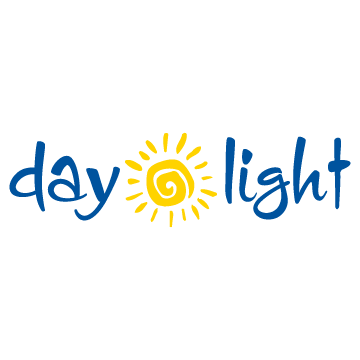
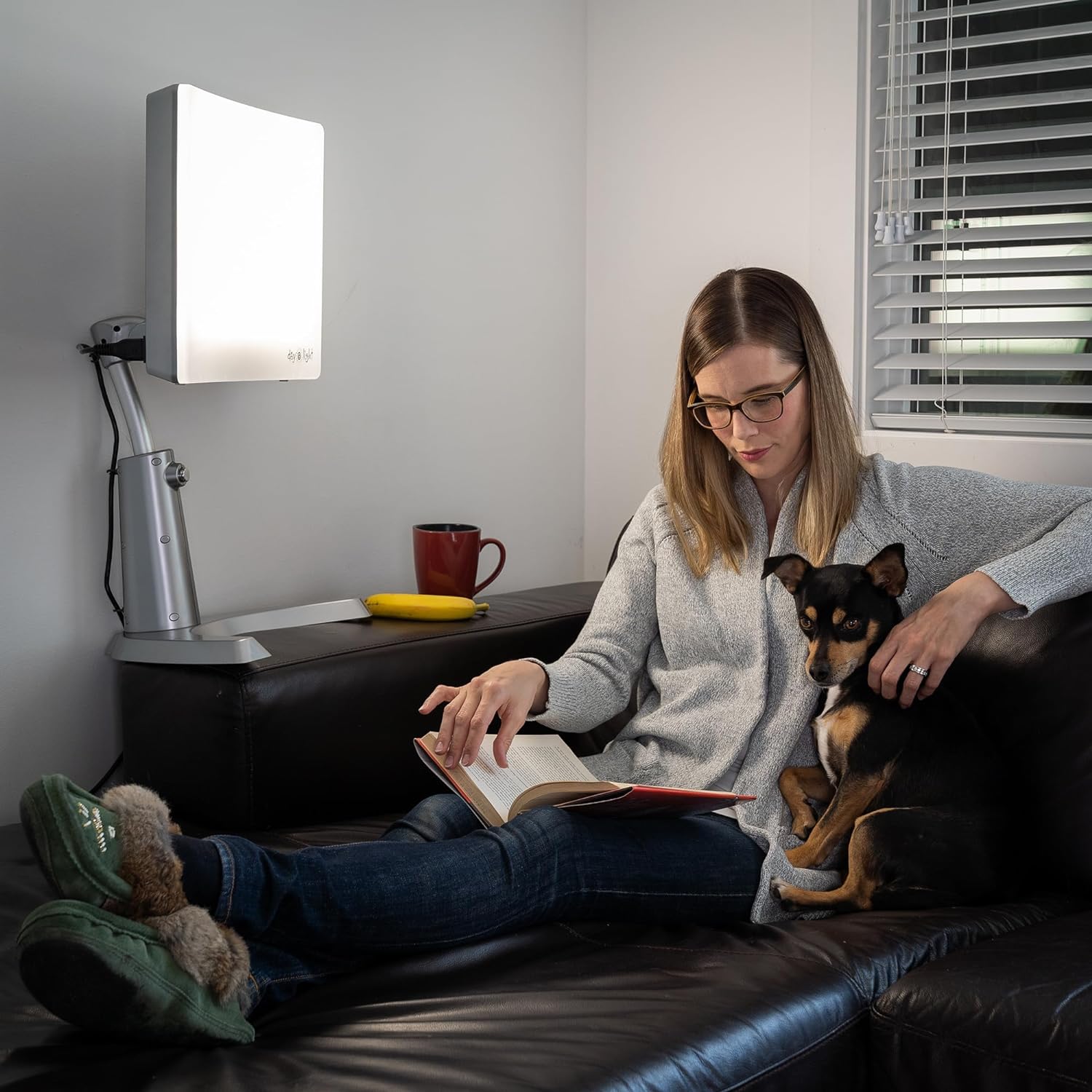
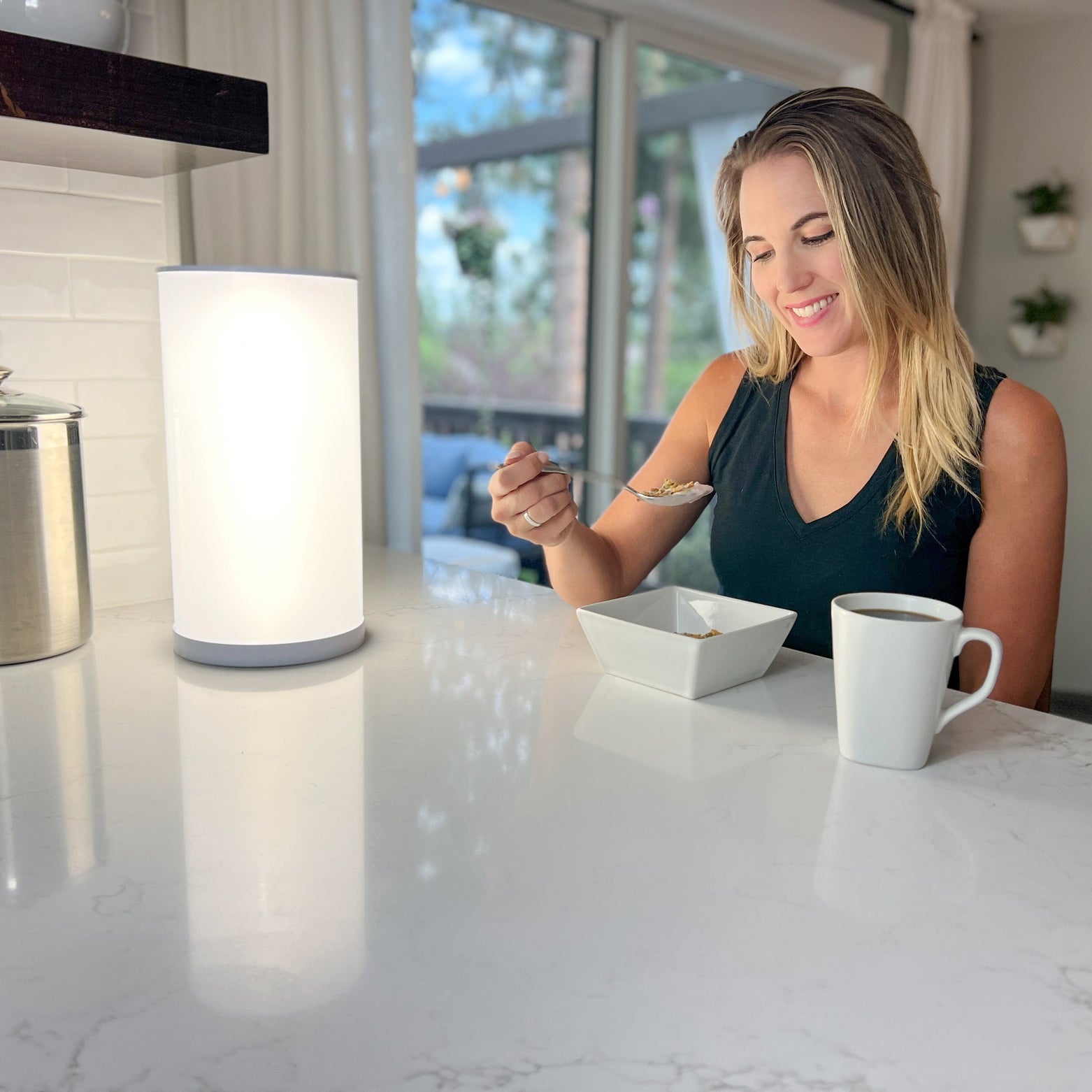
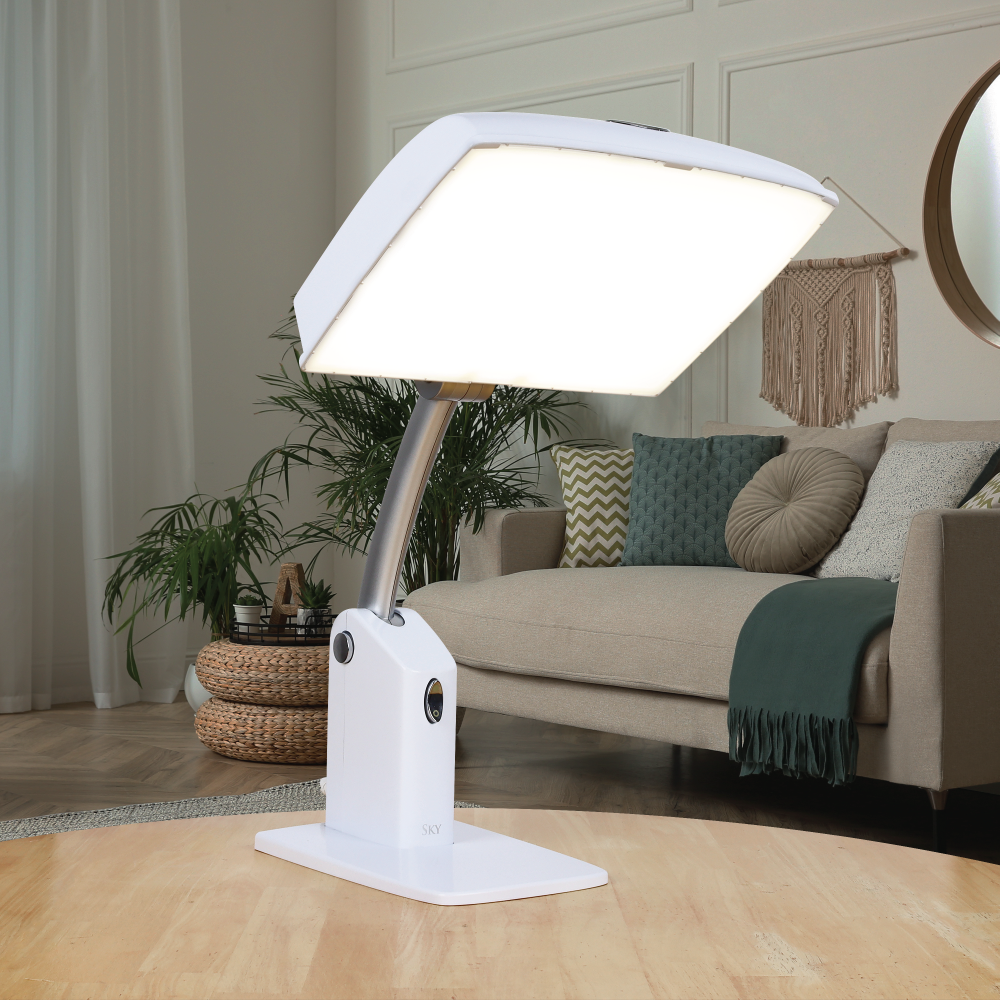
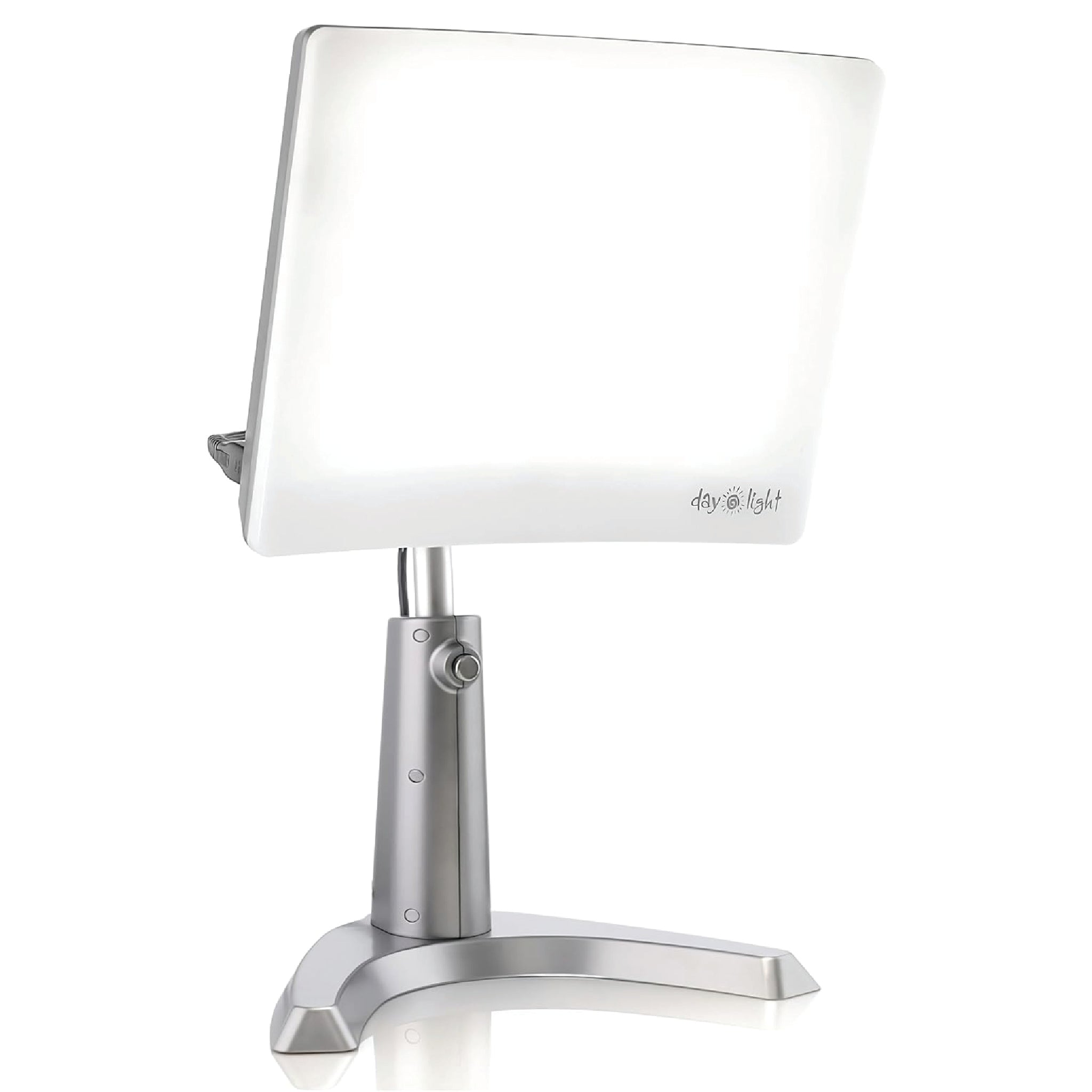
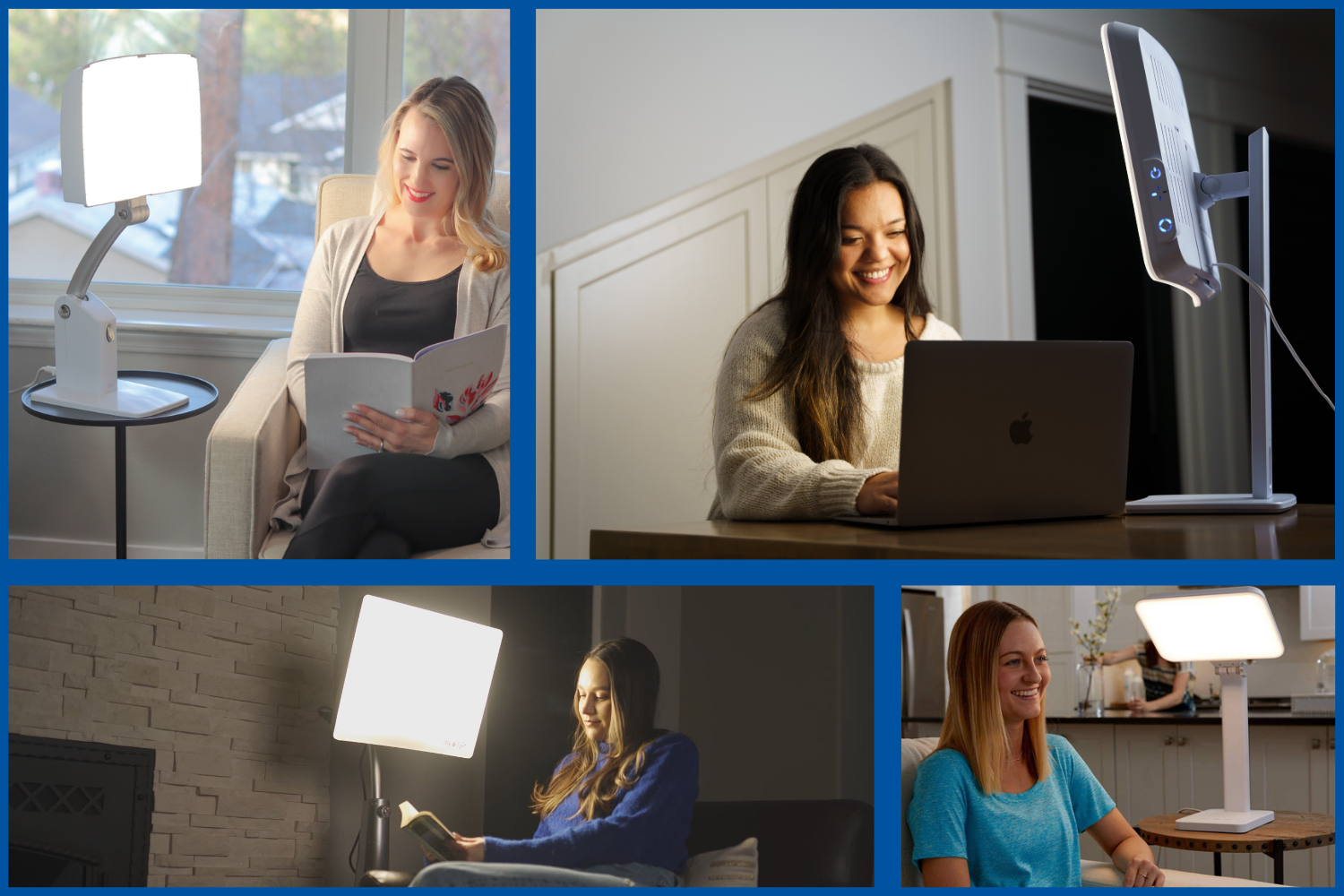
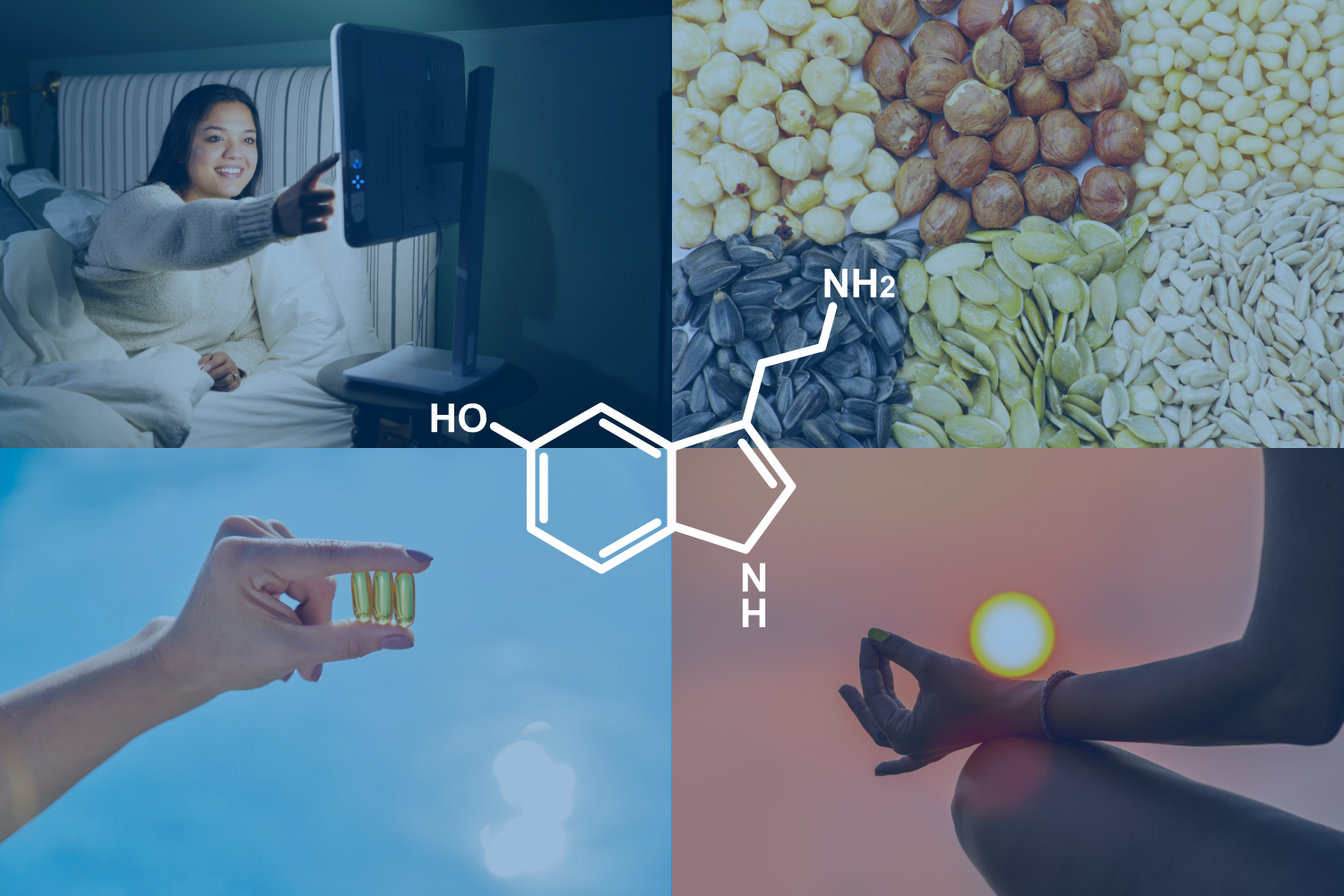
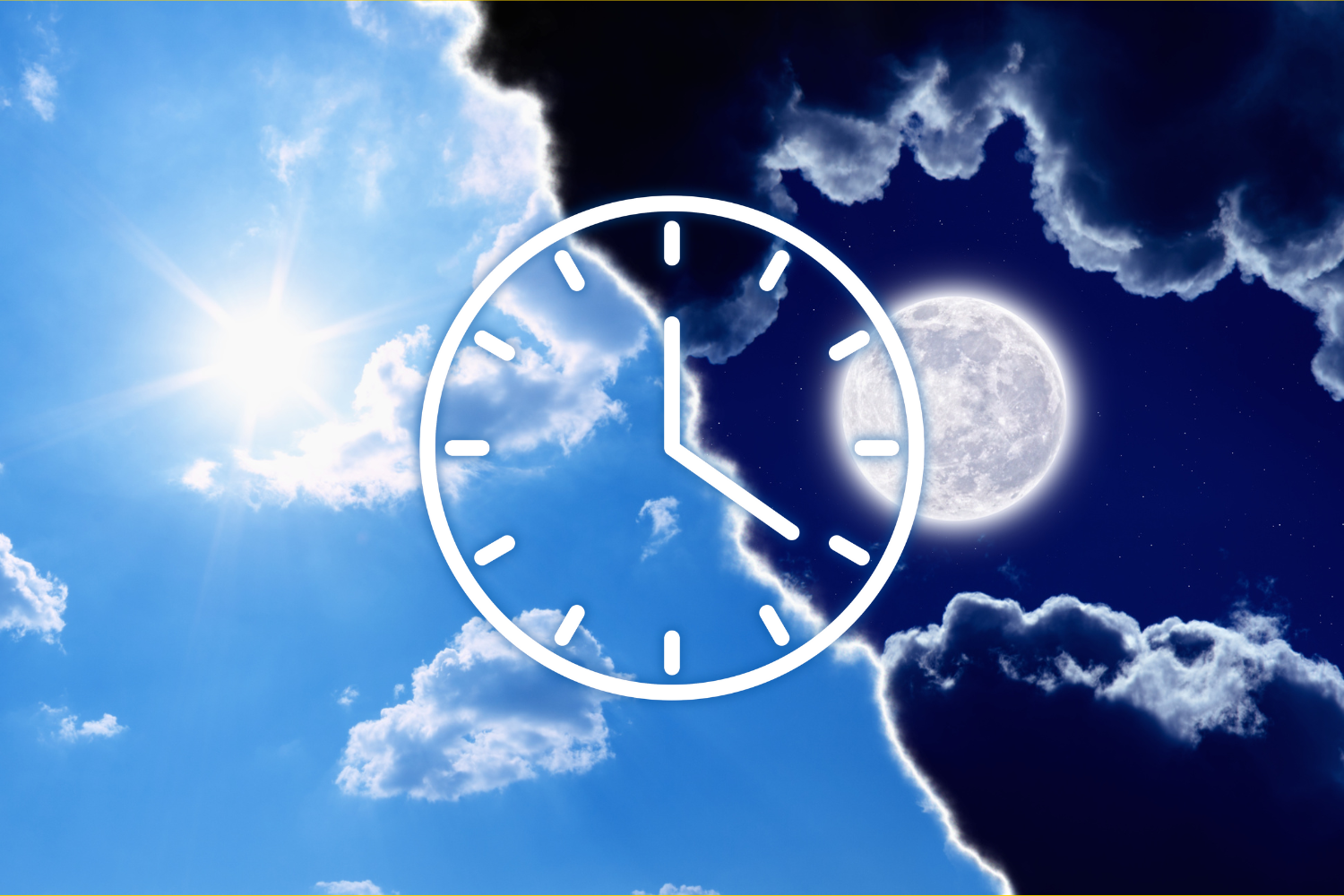
Laisser un commentaire
Tous les commentaires sont modérés avant d'être publiés.
Ce site est protégé par hCaptcha, et la Politique de confidentialité et les Conditions de service de hCaptcha s’appliquent.